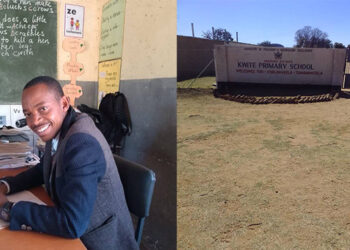The Minister, Sithembiso Nyoni, outlined the severity of the problem, attributing the river’s pollution to “Acid Mine Drainage (AMD)” stemming from “years of continuous discharge” from HCCL’s operations.
Nyoni highlighted three discharge points around Hwange. “Records show that by 1997, AMD was already a considerable problem,” she said.
“The discharge rate at the second site can be as high as about 200 cubic meters per day, with a pH as low as 2.7. This is highly acidic and poses a significant threat to aquatic ecosystems, human health, and the environment.”
The Minister acknowledged shortcomings in Hwange Colliery’s efforts to mitigate the issue.
“The efforts by the Hwange Colliery Company (HCCL) to mitigate the problem have fallen short,” Nyoni stated.
The Ministry, however, outlined a series of measures to ensure the current situation does not worsen.
“An in-depth study of the AMD problem, in collaboration with research institutions, is underway to develop a permanent solution.
“We are also implementing intensified monitoring, enforcement, and auditing of compliance with environmental regulations,”said Nyoni.
The Ministry’s plan includes collaboration with other government bodies and stakeholders. “Stakeholder engagement with the Ministry of Mines and Mining Development, local authorities and community representatives is ongoing,” Nyoni explained.
“Community empowerment is a priority. Local communities are being engaged through awareness campaigns to educate them about the risks and empower them to report violations.”
Nyoni issued her commitment to resolving the issue.
“The Ministry of Environment, Climate and Wildlife remains steadfastly committed to protecting the environment, safeguarding public health, and ensuring sustainable mining practices in our country,” she declared.
“We will hold mining companies accountable for any violations and are committed to seeing a measurable improvement in the river’s health in the near future.”
Source Nehanda Radio









